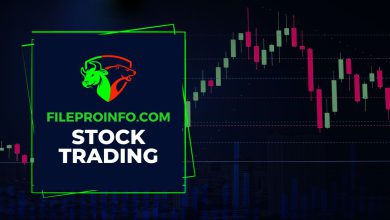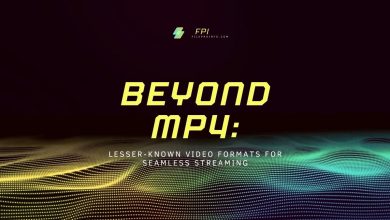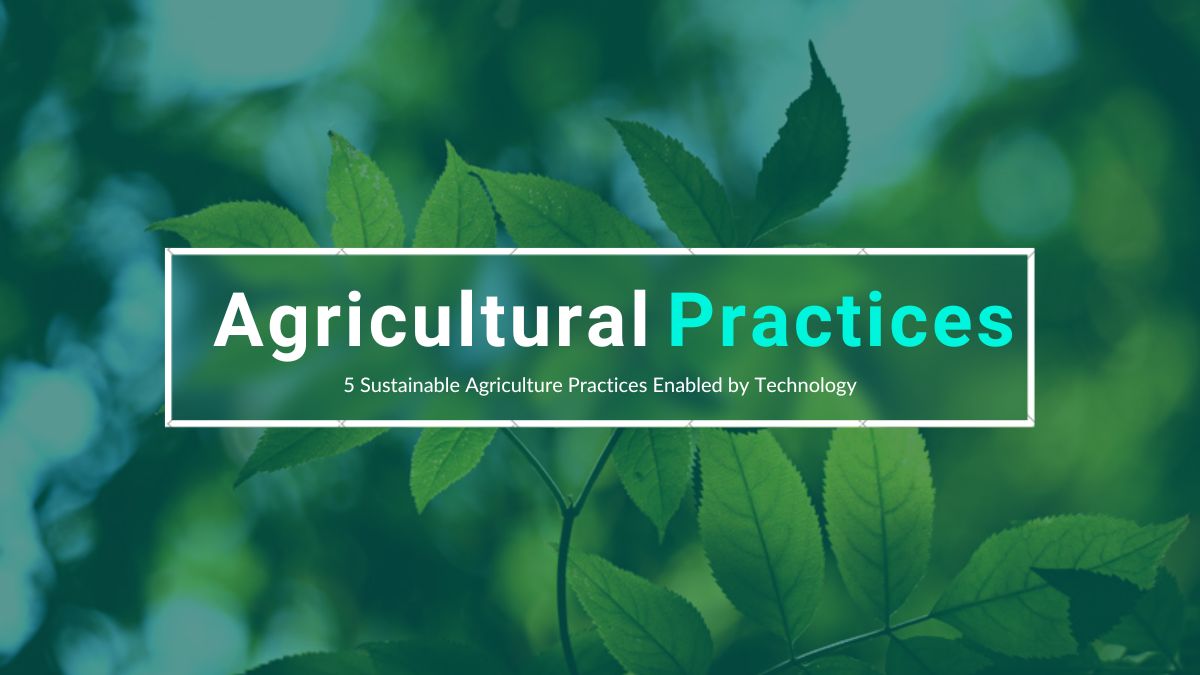
Sustainable agriculture is an imperative response to the pressing challenges of our time. You see, our planet is grappling with the effects of climate change (hello, rising temperatures and unpredictable weather patterns!). At the same time, we’re faced with feeding an ever-growing population. So, the question arises: how can we sustainably increase agricultural production without exacerbating environmental problems? Well, enter technological advancements.
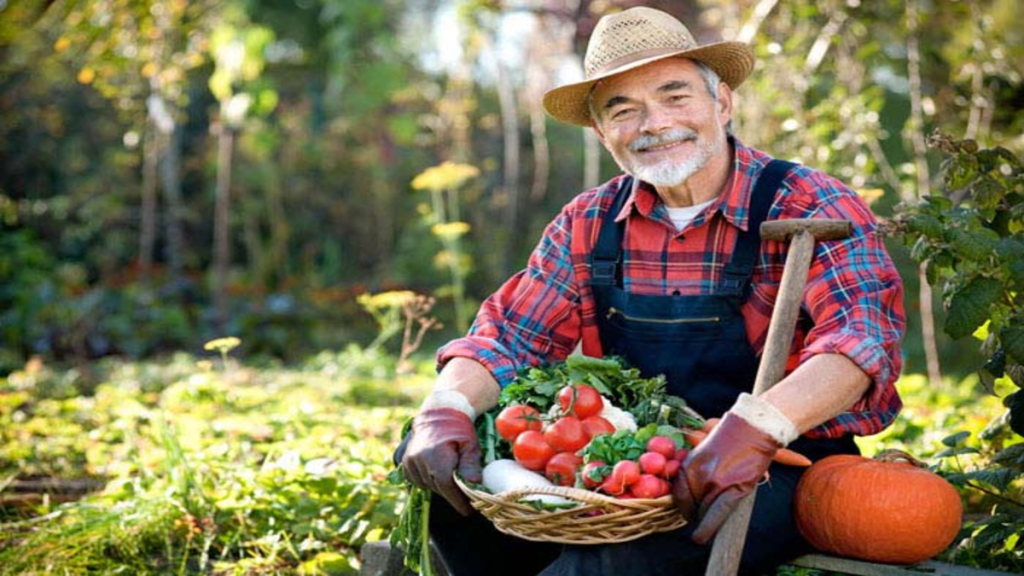
Precision Farming
First of all, we have precision farming. This is a far cry from the traditional “pray for rain and hope for the best” kind of farming. We’re in the 21st century! Precision farming uses advanced technology to maximize farm efficiency and minimize waste. Here’s how it works:
- GPS technology. It’s not just for road trips anymore! GPS is used to track field boundaries, manage variable rate applications, and monitor yield data. It helps farmers know exactly where and how much to plant, taking the guesswork out of it.
- Satellite imagery. Farmers are now replacing traditional telescopes with satellite imagery. It provides insights into the wider landscape and can help identify in-field variability that can affect crop growth.
- Sensors. These are like the farm’s family doctors as they constantly check crop and soil health. They provide real-time data, such as measuring moisture levels or detecting nutrient deficiencies.
- Automated machinery. Think self-driving tractors. Yes, they exist! These machines use GPS coordinates to navigate fields and accurately perform tasks, such as planting, fertilizing, and harvesting.
- Data analytics. All the data collected by these technologies is analyzed and interpreted to help farmers determine the optimum planting time, figure out the right amount of fertilizer to use, or predict the best harvest period.
So, precision farming means harnessing the power of technology. Why? Because it’s important today to increase harvest with no serious environmental impact. By the way, if you want to learn even more about the upcoming trends in sustainable farming, we’ve already written about it here https://www.trinetix.com/insights/revisiting-agtech-trends-whats-new-for-connected-farming-in-2024). But now, let’s explore another sustainable agriculture method — vertical farming.
Vertical Farming
The next target of technology-enabled sustainable agriculture is vertical farming. This innovative method involves growing crops in vertically stacked layers, often in controlled environments. The big idea? Bringing the farm to the city, not the other way around.
Vertical farming also boasts other pleasant benefits:
- Since vertical farms can be set up in or near urban centers, your veggies take the elevator, not the highway. That means fresher food on your plate and fewer carbon footprints all over Mother Earth.
- Vertical farming often involves controlled-environment agriculture, so farmers can control light, temperature, humidity, and water conditions. Rain or shine outside, it’s always a good hair day for the plants inside.
- Vertical farming systems often use hydroponics, a method that circulates nutrient-infused water. They use up to 95% less water compared to traditional farming methods.
- Due to the climate-controlled environment and year-round growing season, vertical farming can produce a higher yield per square area compared to traditional farming. In other words, it’s a small footprint with a big impact.
But let’s not paint too rosy a picture. Vertical farming systems can be expensive to set up and maintain, and they can use much energy for lighting and temperature control. It’s a gentle nudge reminding us that while vertical farming is promising, it needs to be used wisely.
Aquaponics and Hydroponics
Ever heard of aquaponics and hydroponics? Plants luxuriate in water enriched with nutrients, rather than toiling away in soil. Let’s learn more.
The aquaponics method means the fish are included in the system and their waste, rich in nutrients, acts as a natural fertilizer. In return, the plants filter and clean the water for the fish. It’s a closed-loop system, that mimics natural ecosystems. The fish… well, they do what fish do, and the plants lap it up, growing stronger and healthier.
The hydroponics approach means giving plants a nutrient-rich bath. A special nutrient solution is used, providing the plants with all they need to grow. No soil means fewer pests and diseases, plus it allows for precise control over nutrient levels.
So, what can you get with these methods?
- They use significantly less water than traditional farming methods.
- They allow for high-density planting, meaning you can grow a lot more in a smaller space.
- Like vertical farming, these systems give you control over the growing environment, leading to optimal plant growth.
So, aquaponics and hydroponics are like treating your plants to a luxurious spa retreat, where they can kick back, relax, and grow to their heart’s content.
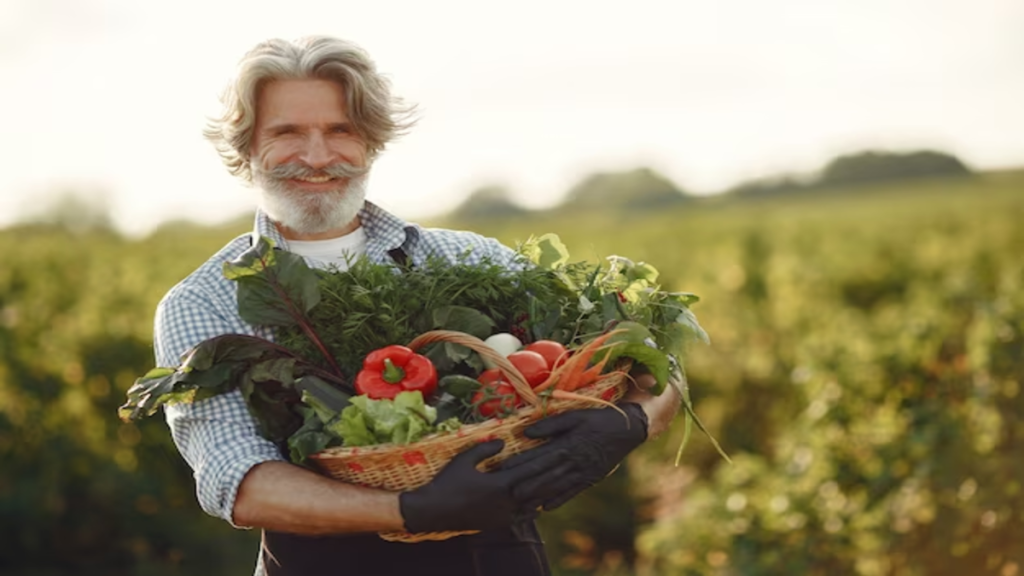
Drones for Crop Monitoring
Drones can provide detailed aerial views of fields, offering a vantage point that surpasses even the keenest bird’s eye view. They can capture data in various light spectra, including visible, near-infrared, and thermal. This allows for a comprehensive health check of crops and early detection of issues like pests, disease, or water stress.
Drones can also assist in precision farming described above. How? As they provide precise data about the condition of crops, soil needs, and growth progress, farmers can apply resources like water, fertilizers, or pesticides only where they’re needed. Increased crop yield and reduced unnecessary resource use in one!
Moreover, drones can be used to create 3D maps for soil analysis, essential during the early planting stage. They can also monitor livestock, keeping an eye on the herd’s health and tracking any wandering animals.
AI and Machine Learning
These two are the Sherlock Holmes of agriculture, deducing crop mysteries faster than you can say “elementary.” Here’s a list of their incredible talents:
- They analyze vast data sets and make insightful predictions and decisions about planting, harvesting, and managing crops.
- AI provides real-time crop insights, pointing out exactly where irrigation is needed.
- AI-powered precision agriculture helps farmers improve harvest quality by spotting diseases before they spread.
- AI and machine learning make predictive analytics a reality as they forecast everything — from crop yields to disease outbreaks.
- Advanced AI and ML models are paving the way for on-farm automation and the adoption of robotics.
- Imagine a loyal robotic workforce, tirelessly working around the clock to keep your fields pristine. That’s not a dream anymore! Companies are creating AI-powered robots to perform multiple tasks in the fields, from weed control to crop monitoring.
Well, now, we can say that AI and machine learning are the smartest, hardest-working farmhands you’ll ever hire. They turn farming into a precision science and push the boundaries of what’s possible in agriculture. Sounds interesting, right? Well, you can try the leading agriculture software development services to harness the power of AI and machine learning (and probably even more) on your farm and increase the quality of your green production. Everything is possible in the 21st century.
Conclusion
So, the farm has become a high-tech stage for a sci-fi movie, where silicon and servers play as soil and sunshine. It’s a fusion of tradition and technology, old wisdom and new insights. The result? More food, less waste, healthier crops and livestock, and, of course, a reduction in environmental impact.
Now, imagine a world where every farm operates this way. Drones fly over the fields, barns brim with data, and farmers make decisions based on real-time insights. Farming is not just sustainable but regenerative as it replenishes the planet rather than depleting it.
That’s the future we’re aiming for. A future where farms are as much about bytes as they are about bites. A future where technology helps us produce more food, more sustainably. Isn’t that a delicious thought to chew on?


